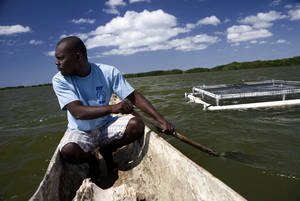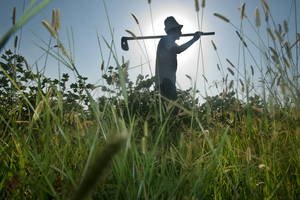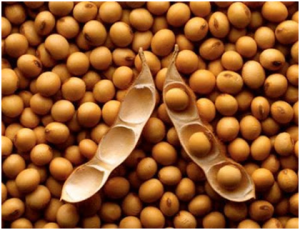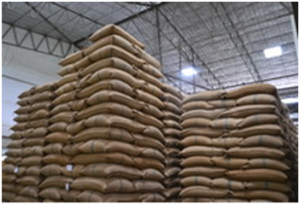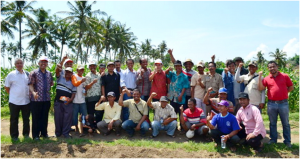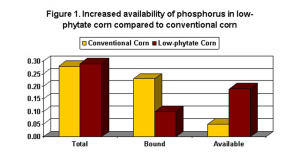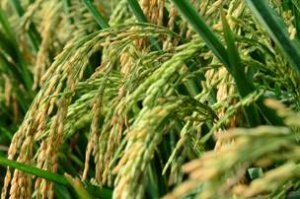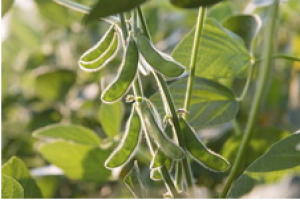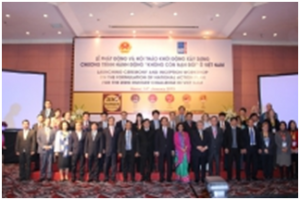|
News Feature: Liquid sunlight
Monday, 2016/05/02 | 05:08:52
|
|
Katherine Bourzac, Science Writer
Fuels created by artificial photosynthesis are getting much closer to reality.
On a bench in a laboratory at Berkeley sits a device designed to make the ultimate green fuel. The stainless steel chamber, festooned with gaskets, nuts and bolts, and glass windows, looks like some kind of steam-punk aquarium. Inside, arrays of nanowire electrodes and bacterial colonies are using the light to turn water and carbon dioxide into methane, the main component in natural gas. This is one of the best attempts yet to realize the simple equation: sun + water + carbon dioxide = sustainable fuel.
Solar power is already a success story, but the electricity generated by photovoltaic panels can’t do every job. It is not much use in the tank of an airplane, for example. Three-quarters of the energy people use today is in the form of liquid and gaseous fuels, so the renewable energy portfolio needs fuels too.
That is why chemists are trying to copy plants. Through photosynthesis, plants take in carbon dioxide, water, and sunlight, and turn it into the chemicals they need, with oxygen as the only byproduct. For decades, scientists have wondered: Can we take a leaf out of the plant’s playbook, and grow our fuels and chemicals?
Last year brought cause for optimism, as researchers made three advances toward practical solar fuels. “When people see what we’ve done, they will realize it’s not pie-in-the-sky anymore,” says Daniel Nocera, a professor of chemistry at Harvard University. Now with the implications of climate change looming, competing researchers are advancing their prototypes and racing to not only prove technological success but also show marketplace viability.
Figure: Researchers are racing to achieve artificial photosynthesis, hoping to generate a sustainable liquid fuel directly from the sun. Image courtesy of Dave Cutler. |
|
|
|
[ Other News ]___________________________________________________
|


 Curently online :
Curently online :
 Total visitors :
Total visitors :
.gif)
